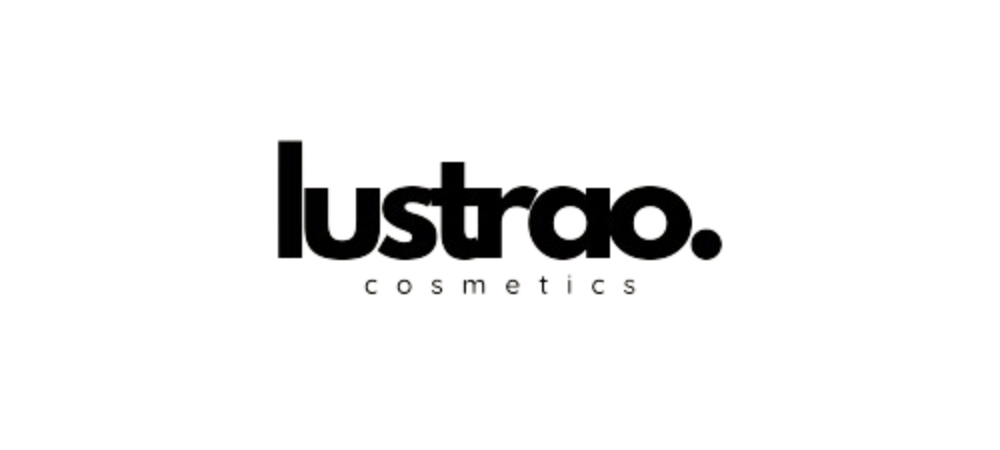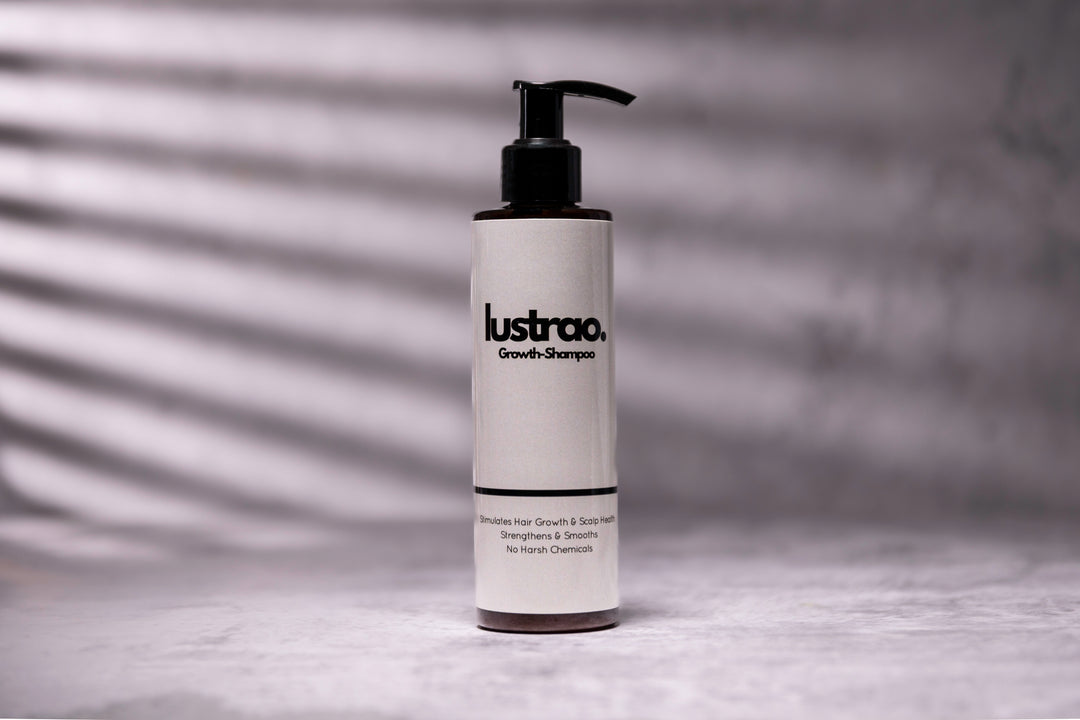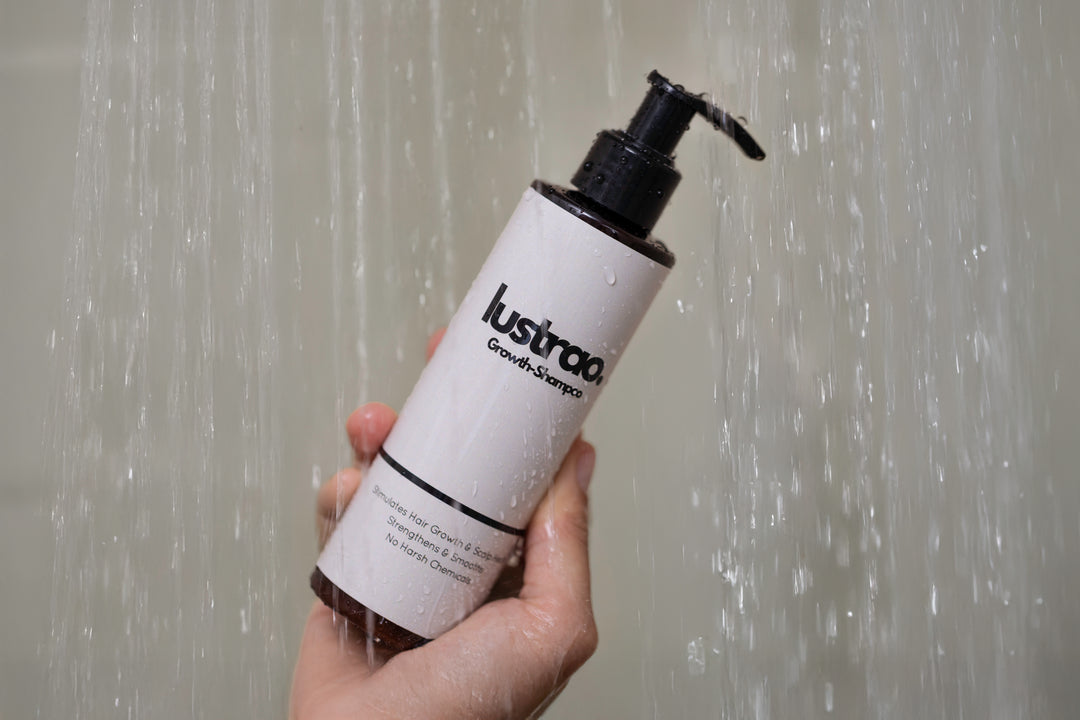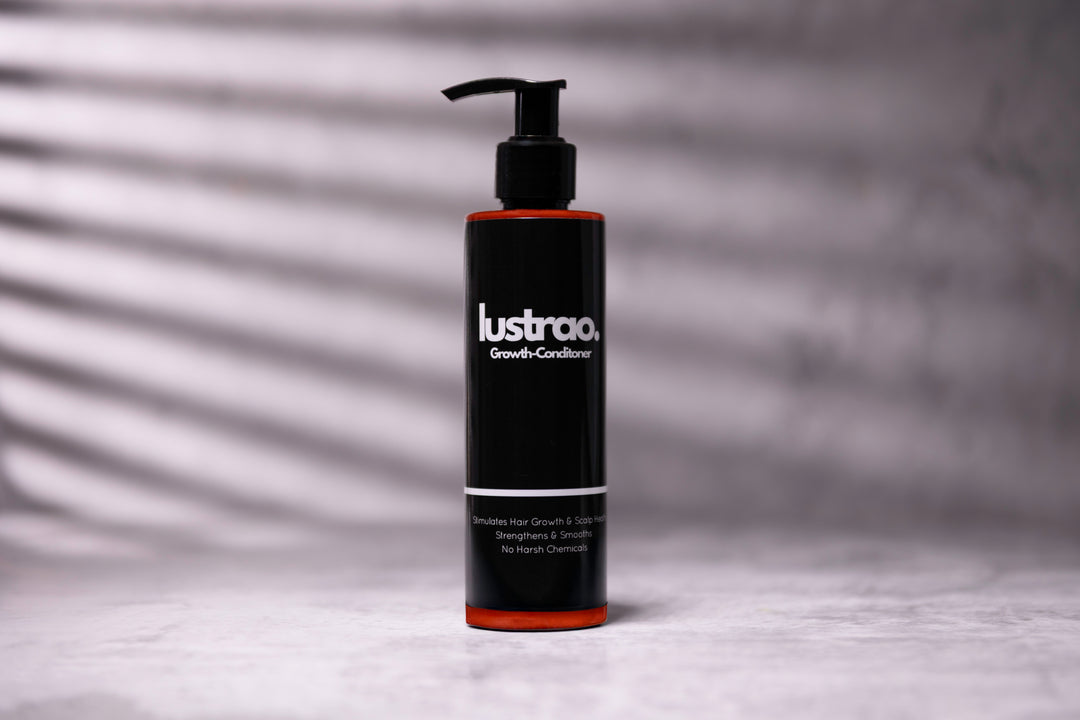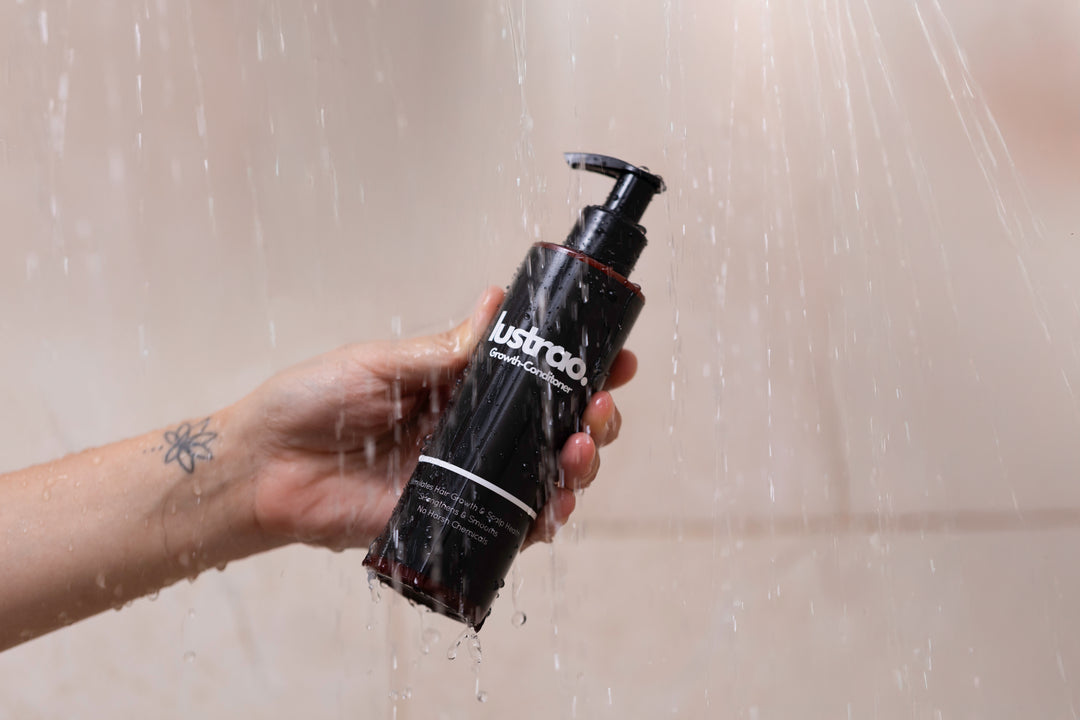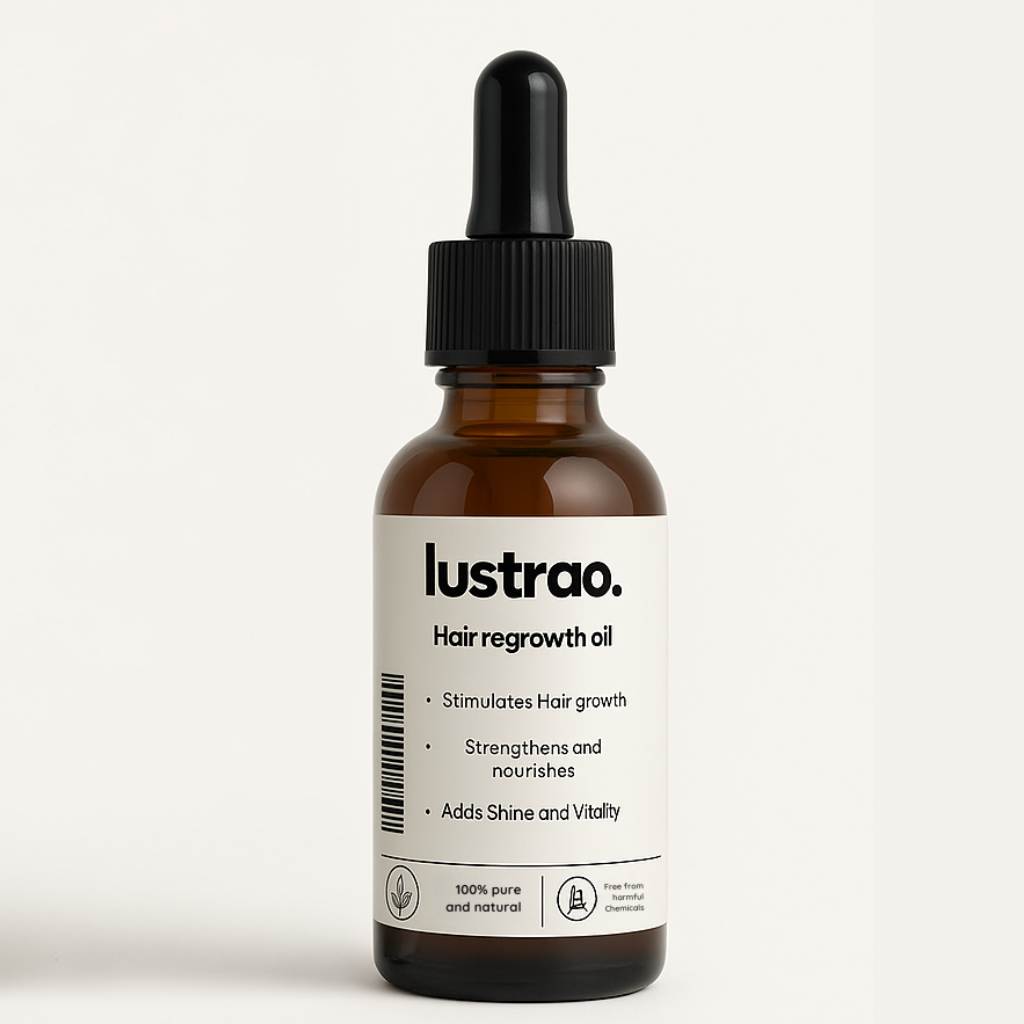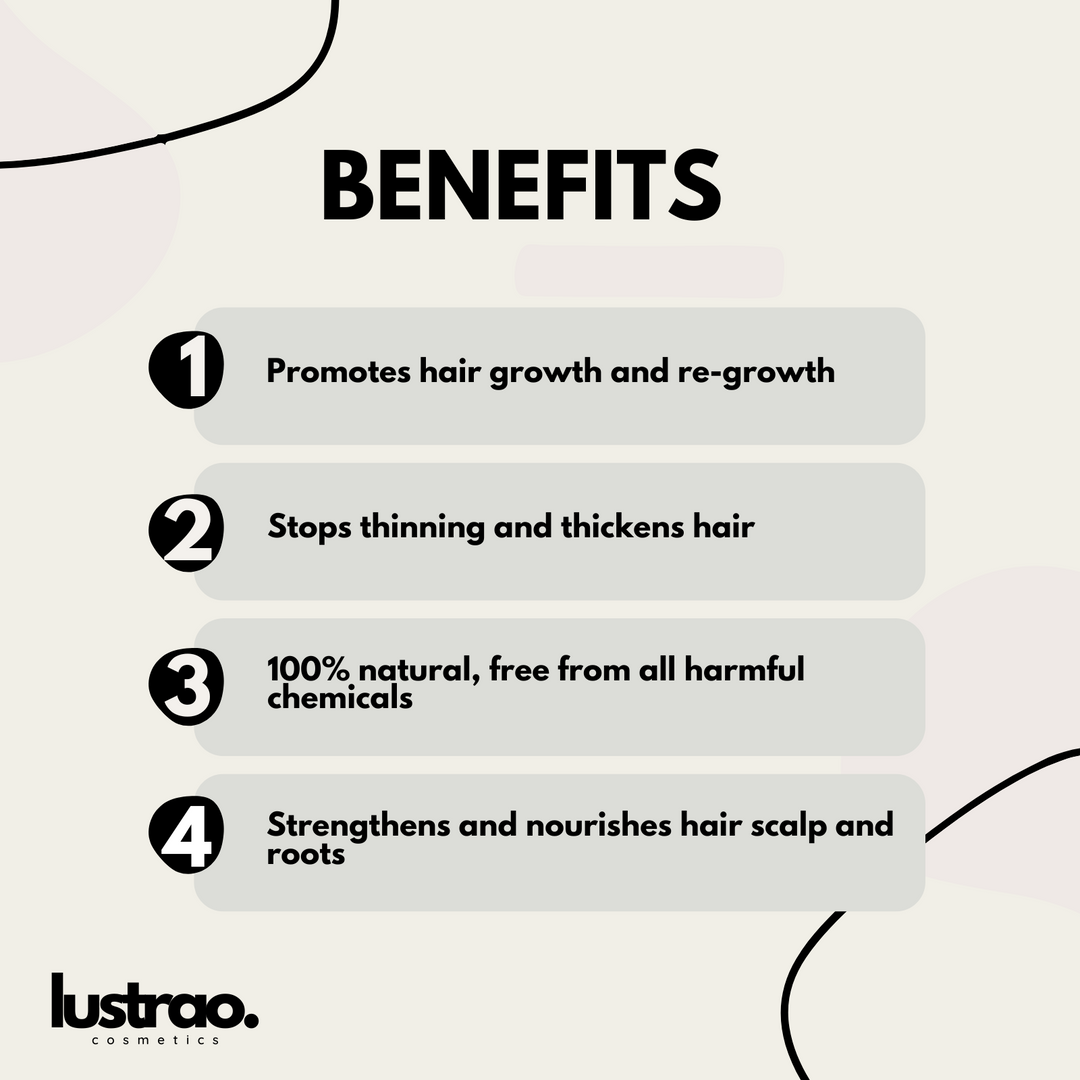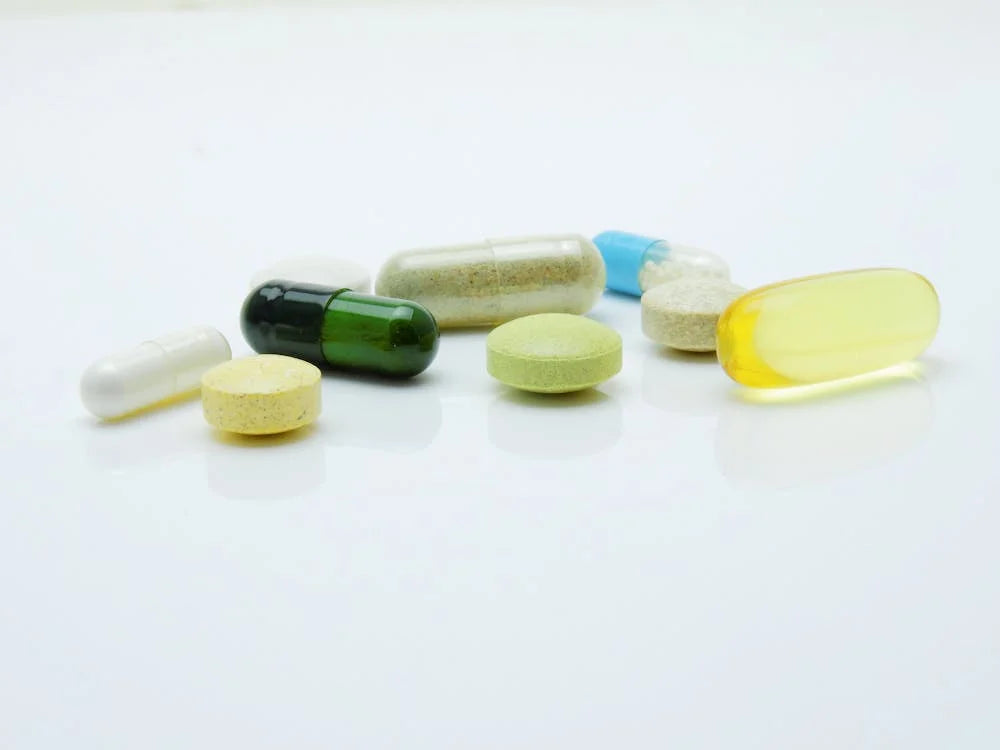
Side Effects of Minoxidil: What You Need to Know
Minoxidil, a well-known treatment for hair loss, has been widely used and recommended by dermatologists worldwide. While it has shown efficacy in promoting hair growth, it is important to be aware of the potential side effects that come with its use. In this article, we will explore these side effects in detail, referencing insights from medical experts, and provide guidance on what to do if you experience any adverse reactions. Additionally, we will introduce natural alternatives to Minoxidil for those seeking a more holistic approach to hair care.
Understanding Minoxidil
Minoxidil is an FDA-approved topical medication commonly used to treat androgenetic alopecia, also known as male or female pattern baldness. Originally developed as an oral medication for high blood pressure, it was discovered to have the side effect of stimulating hair growth, leading to its use in treating hair loss.Common Side Effects of Minoxidil
1. Scalp Irritation and Dryness
One of the most frequently reported side effects of Minoxidil is scalp irritation, which can include redness, itching, and dryness. According to Dr. Joshua Zeichner, a board-certified dermatologist in New York City, "Some patients may experience irritation due to the alcohol content in Minoxidil formulations, which can lead to dryness and flakiness of the scalp."
2. Unwanted Facial Hair Growth
Dr. Marisa Garshick, a board-certified dermatologist also based in New York City, notes that "Minoxidil can sometimes cause unwanted hair growth on the face, especially in women." This occurs when the medication inadvertently comes into contact with areas of the skin other than the scalp, stimulating hair growth in those regions.
3. Increased Hair Shedding
A temporary increase in hair shedding is common when starting Minoxidil treatment. This phenomenon, known as "shedding phase," can be alarming but is generally considered a sign that the medication is working. Dr. Michele J. Farber, a board-certified dermatologist from Philadelphia, explains, "Minoxidil accelerates the hair growth cycle, causing old hairs to shed and new hairs to grow in their place."
4. Changes in Hair Texture
Some users report changes in hair texture, such as increased coarseness or dryness. This side effect can be managed by incorporating hydrating and conditioning treatments into your hair care routine.
5. Allergic Reactions
While rare, some individuals may experience allergic reactions to Minoxidil, characterized by symptoms such as rash, hives, and swelling of the face, lips, or tongue. If you experience these symptoms, discontinue use immediately and seek medical attention.
6. Systemic Side Effects
Although Minoxidil is primarily a topical treatment, a small amount can be absorbed into the bloodstream, potentially leading to systemic side effects such as dizziness, lightheadedness, and changes in blood pressure. If you experience any of these symptoms, consult your healthcare provider.
7. Erectile Dysfunction
Some users have reported experiencing erectile dysfunction while using Minoxidil. Though this side effect is not widely documented, it is important to consider and discuss any such symptoms with your healthcare provider to determine the appropriate course of action.
Rare but Serious Side Effects
1. Heart Palpitations and Chest Pain
In rare cases, Minoxidil can cause heart palpitations and chest pain. Dr. Garshick advises, "If you experience any heart-related symptoms, it is crucial to stop using Minoxidil and seek immediate medical attention."
2. Swelling of Hands and Feet
Swelling of the hands and feet, also known as peripheral edema, can occur in some individuals using Minoxidil. This side effect should be promptly reported to a healthcare professional.
3. Weight Gain
Unexpected weight gain is another rare side effect of Minoxidil. While the exact mechanism is not well understood, it is important to monitor your weight and discuss any significant changes with your doctor.
Managing Minoxidil Side Effects
If you experience mild side effects, consider the following strategies to manage them:
- Scalp Irritation: Use a gentle, sulfate-free shampoo and conditioner to soothe the scalp. Avoid using other hair products that may exacerbate irritation.
- Unwanted Facial Hair: Apply Minoxidil carefully to avoid contact with the face. If facial hair growth occurs, consider reducing the frequency of application.
- Increased Hair Shedding: Be patient and continue using Minoxidil as directed. The shedding phase is temporary and should subside within a few weeks.
For more severe or persistent side effects, consult your healthcare provider for personalized advice and potential alternative treatments.
Natural Alternatives to Minoxidil
For those who prefer a natural approach to hair care, there are several alternatives to Minoxidil that may promote hair growth and improve scalp health.
Essential Oils
- Rosemary Oil: Known for its ability to stimulate hair growth, rosemary oil can improve circulation to the scalp and promote thicker hair.
- Peppermint Oil: With its cooling and invigorating properties, peppermint oil can increase blood flow to the hair follicles, encouraging growth.
- Argan Oil: Lavender oil has calming properties and can help balance scalp oils, making it a great option for those with sensitive skin.
Herbal Supplements
- Saw Palmetto: Often used as a natural remedy for hair loss, saw palmetto may help block the production of DHT, a hormone linked to hair thinning.
- Biotin: A B-vitamin essential for hair health, biotin can strengthen hair and promote growth when taken as a supplement.
Lustrao Hair Regrowth Oil
For a comprehensive natural solution, consider trying Lustrao Hair Regrowth Oil. Lustrao combines the power of castor oil with a blend of essential oils, such as rosemary and peppermint, to provide a holistic approach to hair health. This formula is designed to nourish the scalp, strengthen hair, and create an optimal environment for hair growth without the side effects associated with synthetic treatments.
Frequently Asked Questions (FAQ)
1. How long does it take to see results with Minoxidil?
Results can vary, but most users begin to see improvements within three to six months of consistent use. It is important to continue using Minoxidil as directed to maintain results.
2. Can I use Minoxidil on colored or chemically treated hair?
Yes, Minoxidil can be used on colored or chemically treated hair. However, it is advisable to perform a patch test to ensure there is no adverse reaction.
3. Is Minoxidil safe for men and women?
Minoxidil is safe for women when used in the appropriate concentration. Women are typically advised to use a 2% or 5% solution, while men may use up to a 10% solution.
4. Can I stop using Minoxidil once I see results?
Discontinuing Minoxidil can lead to the loss of any hair that has regrown. To maintain results, it is necessary to continue using the product as directed.
5. Are there any interactions between Minoxidil and other medications?
While Minoxidil is generally safe, it is important to discuss any potential interactions with your healthcare provider, especially if you are taking medications for blood pressure or other cardiovascular conditions.
Conclusion
While Minoxidil can be an effective treatment for hair loss, it is essential to be aware of the potential side effects and how to manage them. If you prefer a natural approach, there are several alternatives available, including essential oils and herbal supplements. For those looking for a comprehensive natural solution, Lustrao Hair Regrowth Oil offers a powerful blend of ingredients designed to promote healthy hair growth.
Always consult with your healthcare provider before starting any new treatment for hair loss, and choose the option that best suits your needs and lifestyle.
Share

